As September approaches, Ottawa’s two biggest school boards have provided back-to-school plans detailing how elementary and secondary classes will operate this fall during the COVID-19 pandemic.
But early reaction suggests there’s a significant level of public concern about possible health risks to students and staff.
The Ottawa Catholic School Board and the Ottawa-Carleton District School Board said Monday they have worked alongside Ottawa Public Health to create comprehensive back-to-school guidelines that ensure students and staff will be able to return to classrooms as safely as possible.
The Aug. 10 release of local guidelines comes two weeks after Ontario Premier Doug Ford and Education Minister Stephen Lecce announced Ontario’s $309-million back-to-school plan, which includes full-time, in-person learning for elementary students and a hybrid model involving in-person and online learning for secondary students.
The plan, however, has left some Ontarians skeptical about whether a safe return to school is possible.
“Like you, we are both excited and anxious about what the school year will look like,” Thomas D’Amico the OCSB’s director of education, said in a written message accompanying the Catholic board’s plan. “We know the pandemic has not gone away. Our Back to School Plan considers the potential impact on students’ well-being if they do not attend school, with the mitigated risks of increased interactions in a school environment.”
Similarly, in its plan, the OCDSB wrote: “This year is definitely going to be different while we safely navigate the restrictions required to protect against COVID-19. We know the pandemic has been a challenging experience for families and we look forward to welcoming students back to caring and safe schools.”
Both boards include intensified cleaning protocols and physical distancing measures in hallways and drop-off zones in their respective plans.
Ottawa Catholic School Board
Elementary students in both boards attending in-person classes will return to the conventional school system — attending five hours of instruction a day, five days a week. Parents and guardians of students from kindergarten to Grade 3 can decide whether their child will wear a mask at school, while masks will be mandatory for students in Grade 4 and above.
The secondary school year will have four semesters, meaning students will only take two classes per semester. Students will be separated into two cohorts; Cohort A will attend school two days one week and three days the next, while Cohort B will do the opposite, with both cohorts taking online classes during the at-home days of their school weeks.
Parents are required to screen their child for symptoms before school each day, and must keep them home if showing any signs of sickness. Elementary students will stay in one classroom all day, with outside learning when possible. Secondary students will typically attend one class from 9 a.m. to 11:30 a.m., eat lunch at school or at home, then attend their second class of the day from 12:30 p.m. to 3 p.m.
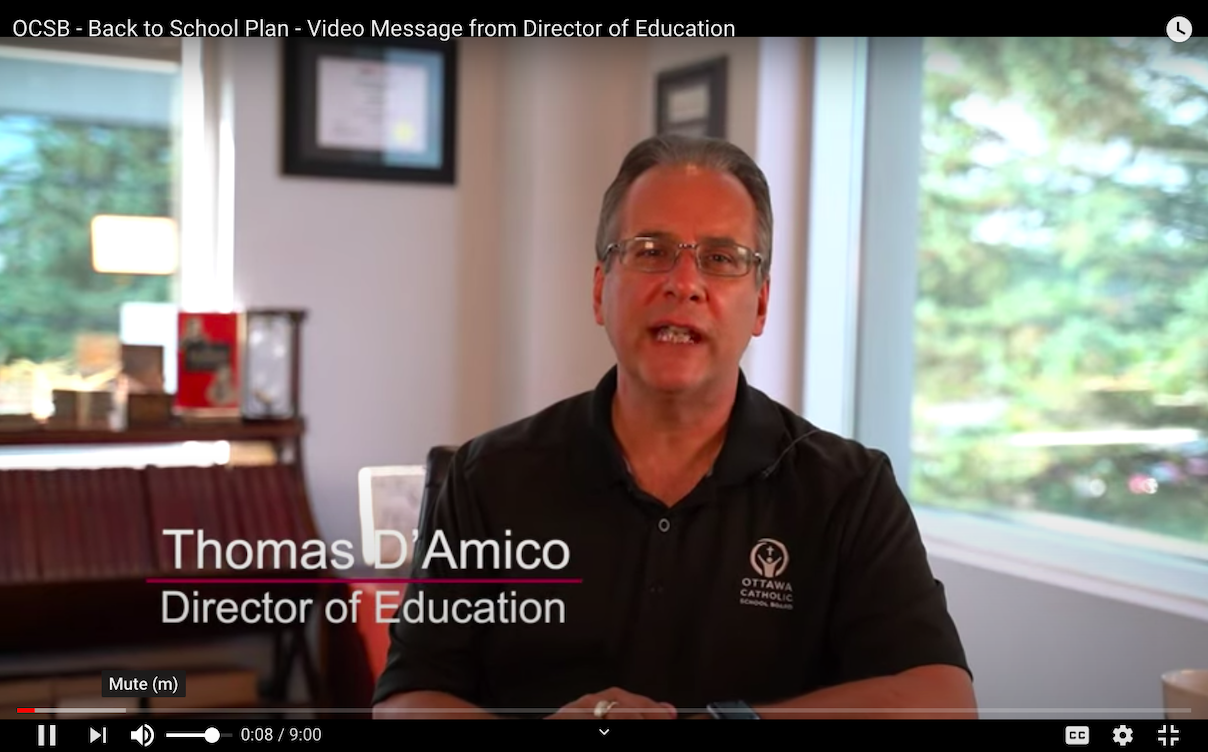
Lunch time won’t happen in cafeterias.
“Students will be allowed to eat their lunch in their classroom with their cohort to decrease the contact that would have occurred in a cafeteria setting,” states an OCSB parent guide for the return to school. “Students will be asked to wash their hands before eating. Where the timetable can be compressed to allow for students to return home for lunch, this will be considered. No food sharing policy will be enforced. During COVID-19 microwaves will not be available for student use. Outside food from restaurants or chains may not be delivered into schools since visitors are not permitted in the school during this time.”
School bus transportation will still be available for students. Each student will have a designated spot on the bus for the entire year and will be placed next to siblings or students in the same classroom cohort whenever possible. However, parents are encouraged to walk or drive their children to school.
Lockers and cubbies will not be used and water fountains will only be used to fill students’ water bottles. All large in-person gatherings such as assemblies, field trips and extracurricular activities have been postponed.
Parents who are not comfortable with their child returning to school can enroll them in strictly online learning, and must fill out a form by Aug. 14 indicating they wish to do so.
Kindergarten students who stay home are not expected to participate in five hours of online learning and parents will instead be provided with “school-readiness activities” so their child will be prepared for Grade 1.
Students who learn remotely will still be counted as part of the in-person classroom and will have opportunities to work online with all classmates. But some other activities may be taught by different online teachers throughout the day.
Elementary students who opt for online learning may return to school after each “online reporting period,” such as from September to October. Remote secondary students will attend the virtual academy run by the Ontario Ministry of Education and will be required to enroll for a whole semester at once.
Ottawa Carleton District School Board
The OCDSB’s elementary and secondary schools will operate in ways similar to those in the Catholic board and in keeping with the overall provincial plan. Elementary students in the city’s main public board will attend school full-time and secondary students will participate in a hybrid learning model that includes ‘quadmesters’ — the school year divided into four parts — and smaller cohort sizes of 15.
Parents will also be required to screen students for symptoms, and will be provided a checklist to do so. Students’ temperatures will be taken each day upon arrival at school.
Elementary students returning to school will have staggered starting dates from Sept. 3 to Sept. 8 depending on their grade. Recesses and dismissal times will be staggered for different cohorts throughout the day to encourage physical distancing.
Lockers and cubbies will not be used, and students will be expected to carry their personal belongings with them. Final transportation and busing protocols are not yet finalized.
Parents are required to fill out a form provided by the board by Aug. 14 that indicates whether each student will be attending in-person or online classes. Students participating in online learning will have a combination of live group instruction and posted learning activities and materials.
Social media reaction
Some Ottawa residents and parents have begun to express their concerns about the new plans online.
“Just read Ottawa’s guidance on schools. Parts are good, but frankly it is laced with unscientific garbage. There are a disturbing number of contradictions or dodgy, unclear passages,” tweeted Amir Attaran, professor of law and medicine at the University of Ottawa.
In his Twitter thread, Attaran described as dicey the OCSB’s plan to set the maximum cohort-mixing number — when classes are required to change rooms during the instructional day — at 50 for elementary students and 100 for secondary students.
He wrote: “50-100 is a lot, and secondary students are MORE at risk.”
Another Twitter user expressed concern with the plans, writing: “Really hope #Ottawa gets down to zero cases in the next few weeks so that we can send our kids to school with peace of mind.”
The back to school plan for Ontario is inadequate and leaves too many things to chance. Kinder classes with 29 students are entirely possible right now! Children deserve funding for a #SafeSeptember @fordnation @Sflecce @JR_Ottawa
— Lija Bickis (@LBickis) August 10, 2020

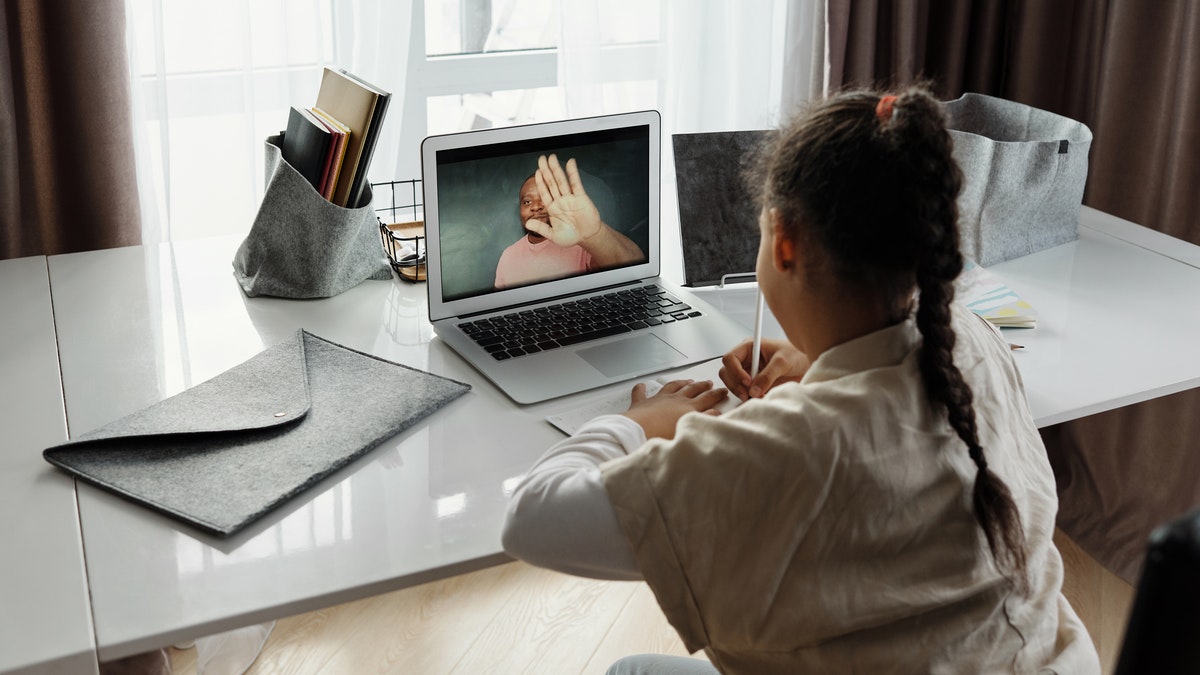
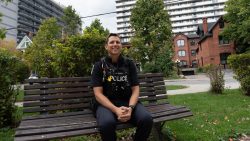
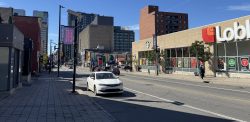
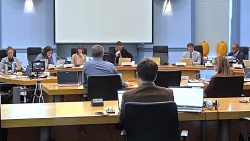
[…] 11 hours ago 7 min read […]
[…] 2 days ago 7 min read We use cookies to provide a personalized experience for our users. By continuing to browse this site, you give consent for cookies to be used. Got it! […]